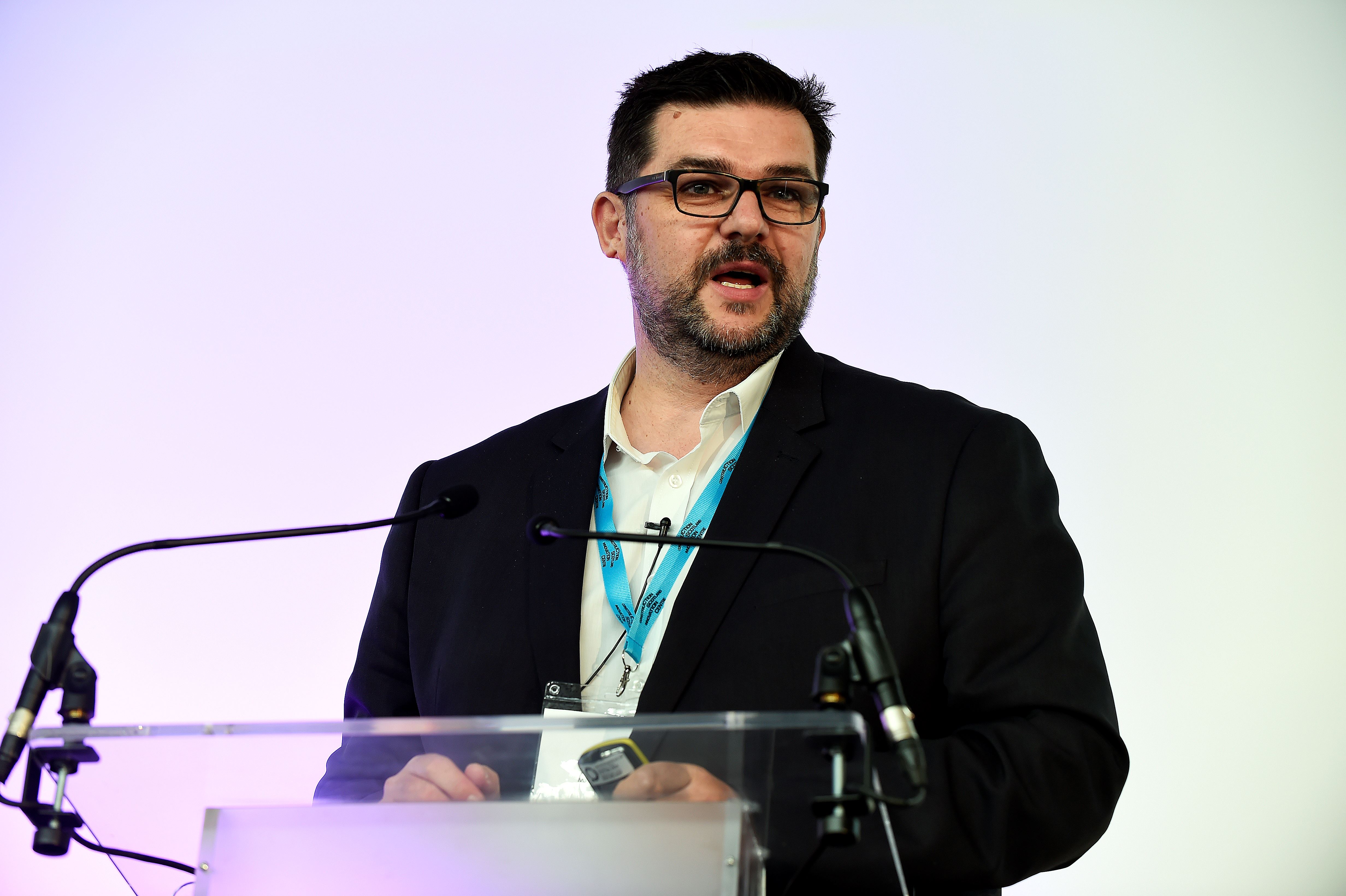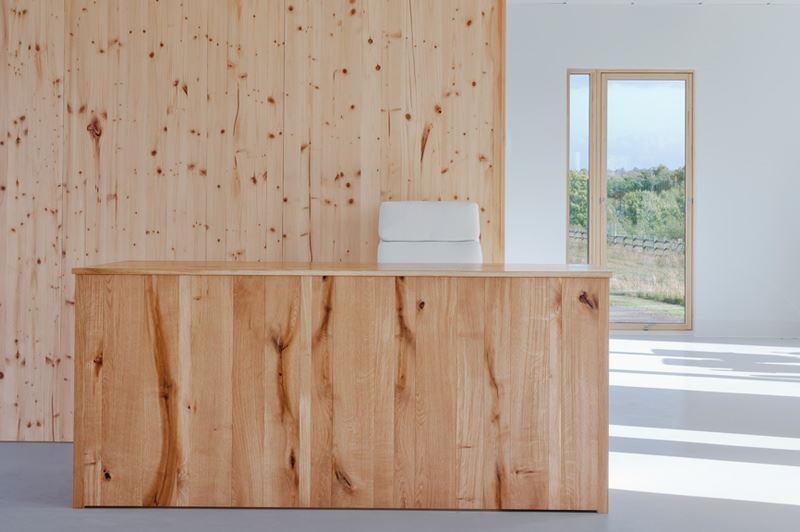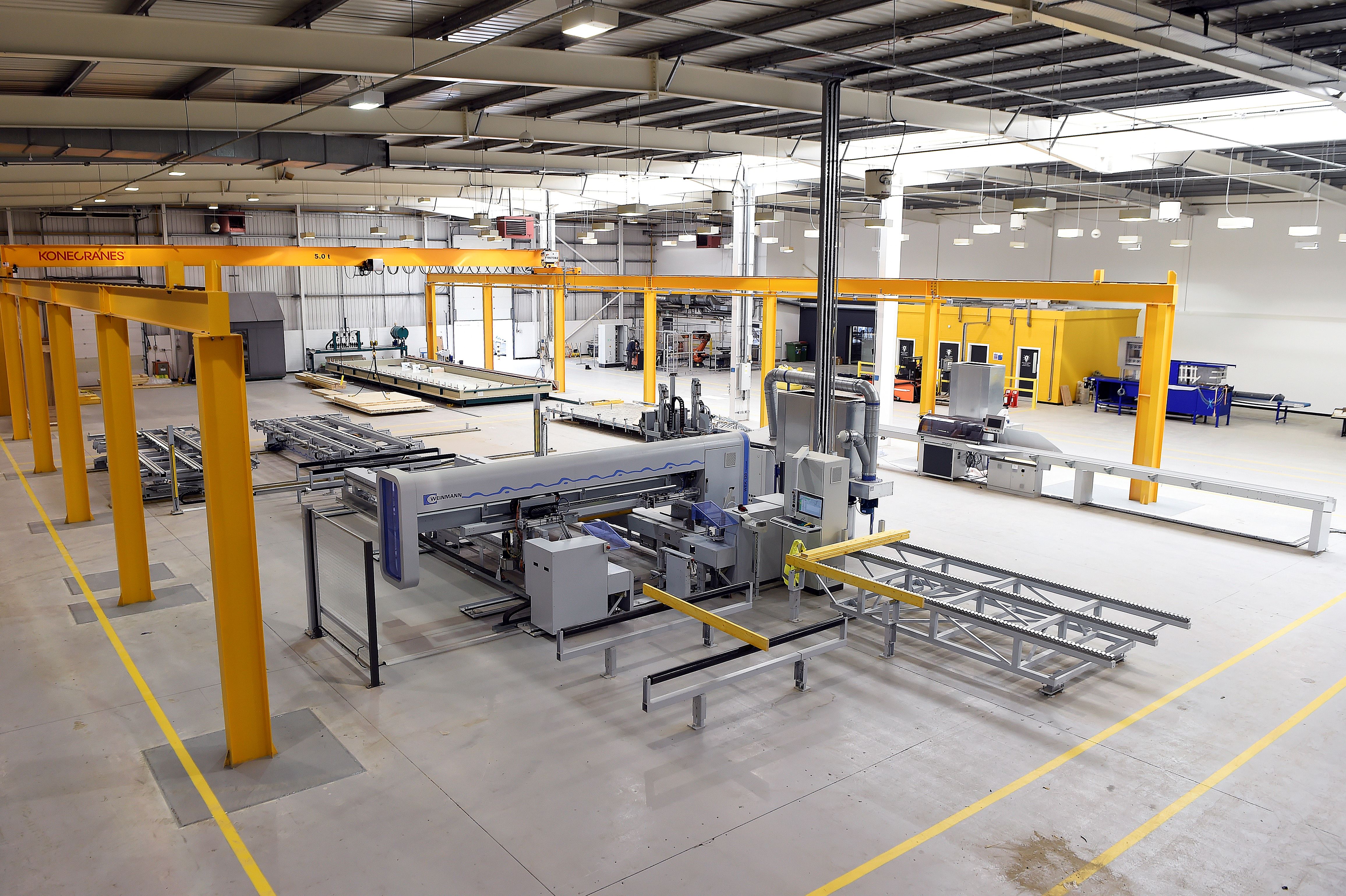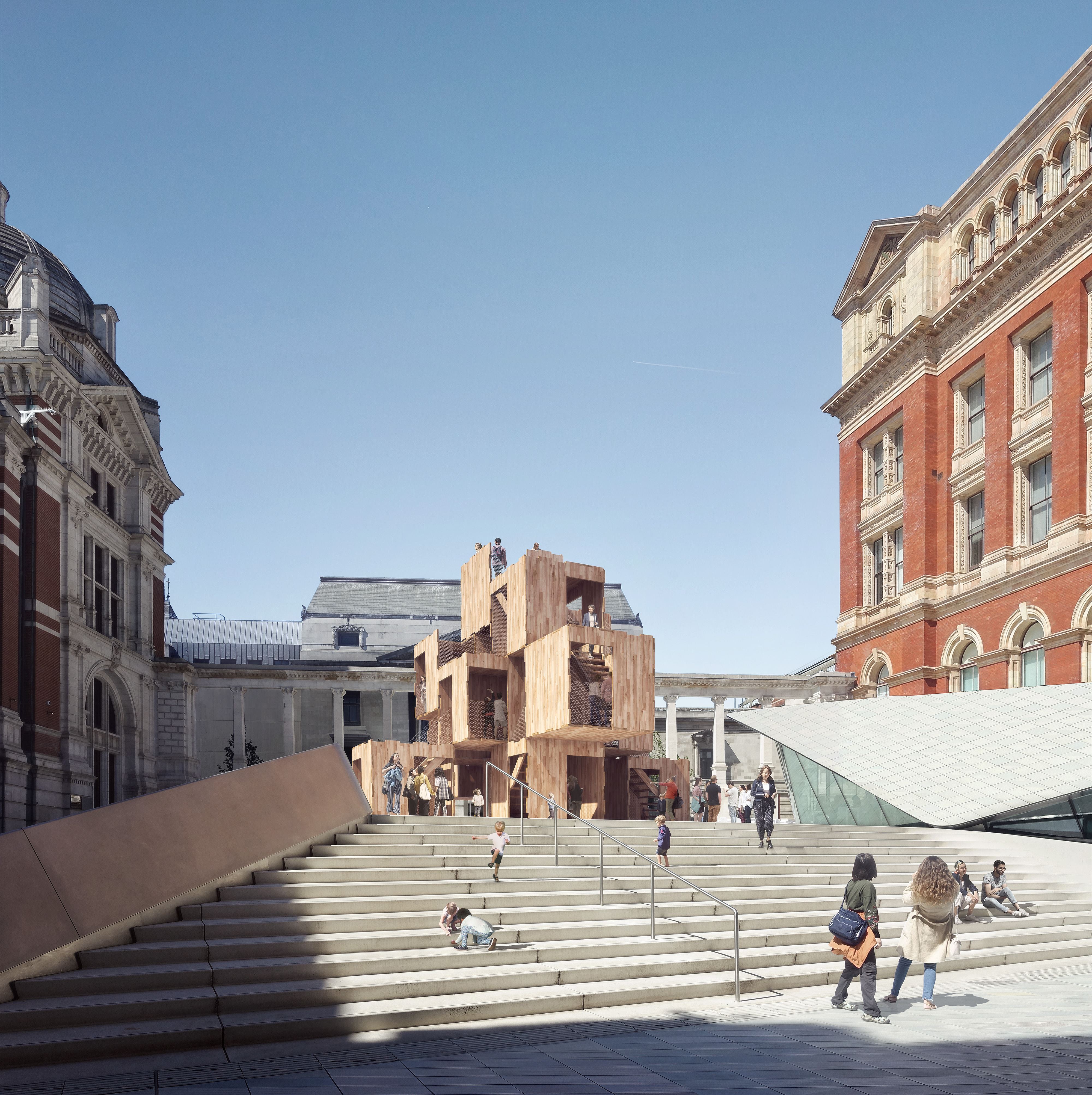Content
Debunking 3 Passivhaus myths: Comfort, complexity, and cost

Myth 1: Passivhaus is uncomfortable to live in
Some misconceptions cause people to think Passivhaus homes are uncomfortable: that they are stuffy, noisy, and that you can't open your own windows.
However, the opposite is true. Passivhaus can be more comfortable and healthier than traditional buildings. And you can take it from a real homeowner.
Joana and Fredrik, who now live in a Passivhaus home that BE-ST funded as part of a research project with Dandara and Robert Gordon University, shared their experience with us.
Joana says: “I could never live in another house that isn’t a Passivhaus. There’s no draughts. It's very quiet. It’s so good for my mental health ... It's so comfortable.”1
Passivhaus buildings must have opening windows in each room. but it’s often not required to have them open with the Mechanical Ventilation with Heat Recovery (MVHR) system circulating fresh air.
Myth 2: Too complicated to deliver
A guiding principle to good Passivhaus buildings is simplicity, so delivering Passivhaus shouldn’t be overly complicated, as it is more about rigorous design than complicated construction.
Much of the workload is front loaded in the design of a project and once completed, provided there are no material changes to the specification, this process does not require to be revisited.
For most involved in delivering a project, achieving airtightness and continuity of the thermal envelope requires careful consideration and a change in mindset and doing things in a slightly different way.
There will be new knowledge required and new practices to follow, so the key is having a skilled team who are all on-board, and who will make delivery easier. This should start with improving awareness and understanding within your team through Passivhaus training.
Myth 3: Passivhaus will always be costlier than conventional
There is a slightly higher upfront cost to Passivhaus.
Passivhaus Trust reports a greater cost of less than 8%2, with projected costs of 4%.3
However, these higher upfront costs can be offset by the lifetime savings both in terms of energy use and improved health outcomes, which makes the lifecycle cost less expensive over time. We also do not yet have all the tools to measure the positive financial impact that living in a healthier home has societally.
John Palmer from The Passivhaus Trust presented an in-depth cost breakdown with ACAN’s Mythbusting Webinar, and the Trust offers good advice here on saving costs when approaching Passivhaus.
But when looking at Passivhaus cost case studies, it isn’t always the more expensive option for construction. Architype achieved a Passivhaus school at no extra cost to Wolverhampton City Council, for example, due to a repeat client and experienced design and delivery team.4
Like all incremental improvements to technical standards there is an initial cost uplift until the market expands to meet the demand, but as industry moves further in this direction, the hope is that cost uplifts lessen due to economies of scale.
- https://www.be-st.build/news/what-s-it-like-to-live-in-a-passivhaus-a-homeowner-s-perspective/
- https://www.passivhaustrust.org.uk/news/detail/?nId=1172
- https://www.youtube.com/watch?feature=shared&t=1117&v=f2Z6zBKkXKE
- https://aecom.com/without-limits/article/debunking-the-myth-that-passivhaus-is-costly-to-achieve/
Mythbusting #6: Passivhaus
Download the infographic here for your reference or to share with someone else.





